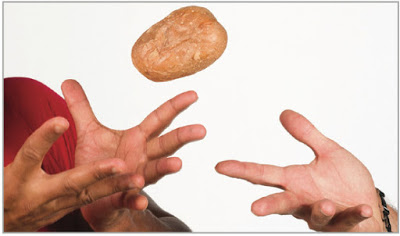The dollar was bid before the US economic data. The market responded quickly upon seeing the disappointing 0.1% rise in core CPI. Given the base effect, the 0.1% increase kept the year-over-year rate at 1.7% for the fourth consecutive month. The dollar reversed lower.

Retail sales were largely in line with expectations. The 1.6% headline increased missed expectations by 0.1%, which is exactly what the August series was revised by (new reading of -0.1% instead of -0.2%). The September increase was the largest in two years. Autos and gasoline accounted for the bulk of the monthly increase, without which retail sales would have grown 0.5%, The components that feed into GDP calculations rose 0.4%, spot on expectations and matches the gain in August.
The core CPI disappointed, but it is not that it fell. It was stuck at 1.7% again. It has been steady there since May. The Fed has argued that transitory factors probably account for the decline in inflation this year. Remember that is what policymakers focus on–not why inflation is on a broad decline since the late 1970s or early 1980s.
Today’s report gives a tentative support for the Fed’s hypothesis. Wireless phone service, which Yellen specifically cited as a transitory headwind, rose 0.4%. It is the first increase in 14 months. Shelter costs (~1/3 of headline CPI) also have stabilized. They rose 0.3% after a 0.5% increase in August. However, the decline in medical costs (-0.1%) seems to suggest some transitory factors may still be in play, even if diminished. Separately, note that that new and used car prices fell in September.
Taken together, the retail sales and CPI reports were largely in line with expectations. There are differences in methodology between today’s reports and the Fed’s preferred measures. Retail sales are a proxy for consumption, but it only accounts for about 40% of the broader measure of personal consumption expenditure. The Fed does not target core CPI but targets the core PCE deflator.













Leave A Comment